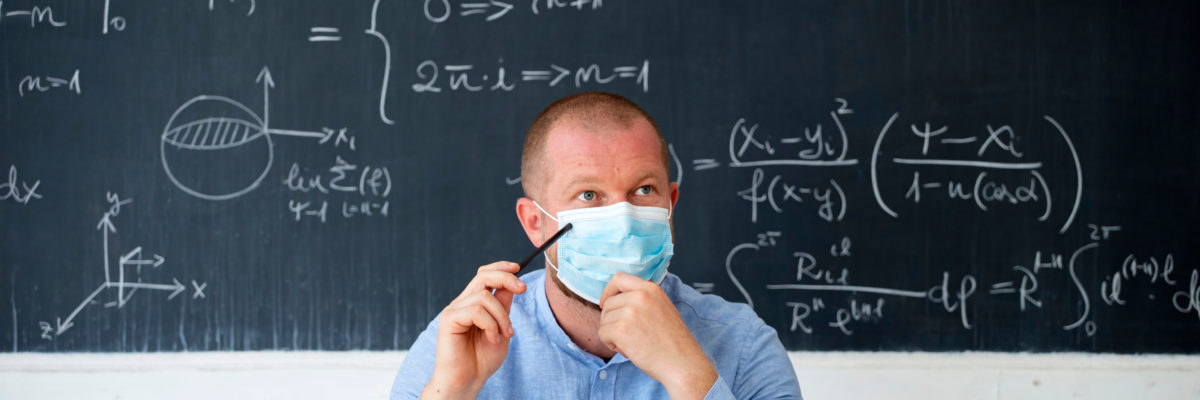As the COVID pandemic rages on, students are facing significant challenges, including:
- Overcoming learning loss
- Dramatic increases in mental health issues among children and teens (leading to rising rates of emergency department visits and suicide attempts)
- Increased gun violence against children and school shootings
- Prolonged social isolation
- Increases in behavioral issues in the classroom and beyond.
In this episode, Chris Leonard talks with three teachers about the difficulties they are facing, what is working, what is not working, and what more we can do to help our students and schools get back on track. Chris’ guests are Alexandra Lemm, a 7th grade English teacher in Texas, Allie Szczecinski, a special educator and SEL coach in Illinois, and David Gibbons, a teacher in Texas with a focus on curriculum development.
Excerpt from this episode:
Chris Leonard:
As we record this episode, the Omicron variant has seized our attention and frustrated hopes for a more socially connected and joyful start to 2022. As summarized in the New York Times morning newsletter of January 4, 2022, the COVID-19 pandemic has coincided with six significant challenges for students of all ages.
First, according to NWEA’s Center for School and Student Progress, math and reading scores for 3rd through 8th graders all remained lower than normal in the Fall of 2021.
Second, the American Academy of Pediatrics has declared a national state of emergency in children’s mental health pointing to “dramatic increases in emergency department visits for all mental health emergencies.”
Third, along these lines, the CDC reported that ER visits for suspected suicide attempts by adolescent females rose by 51% between early 2019 and early 2021.
Fourth, gun violence against youth has increased. The Washington Post recorded 42 school shootings last year, an increase from 27 during the prior year.
Fifth, many schools have not resumed normal operations surrounding arrival, dismissal, lunch, extracurriculars, and other routines. This has prolonged social isolation and stood in the way of recovering lost learning.
And sixth, behavior problems such as vandalism, disregard for rules, and just plain incivility have significantly increased. Maria Menconi, a former superintendent turned school consultant from Arizona pointed to a crucial missing element when she said, “A lot of the joy and camaraderie that signifies a happy, productive school culture has disappeared.”
And we haven’t even touched on the impact on teachers who are desperately trying to make school work. I thought this would be a good time to get some perspective from teachers.
Click on the recording above to listen to the rest of the conversation.
